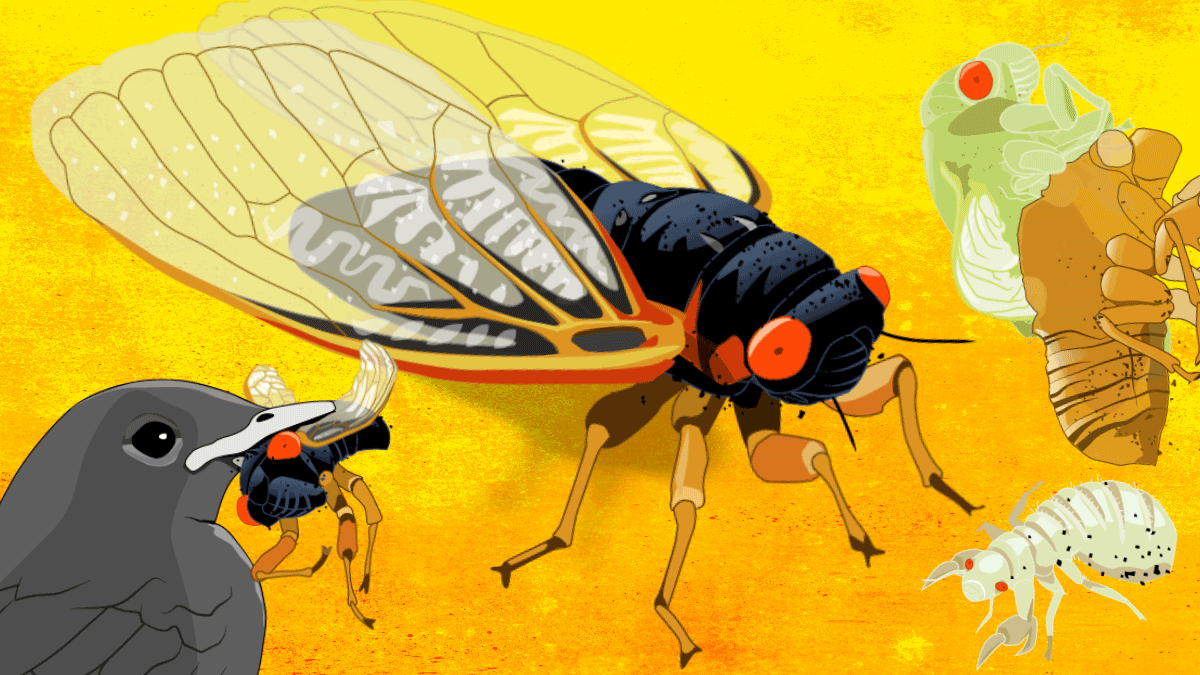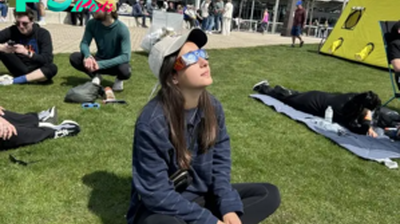Science
Auroras and a Worm Moon Eclipse: Celestial Events Light Up Sky Ahead of April Total Eclipse
Ahead of next month’s much-anticipated total solar eclipse, the night sky was illuminated late Sunday and early Monday by a flurry of other celestial activity over the weekend.
First, a Friday outburst of plasma, or coronal mass ejection, from the sun’s outermost layer caused a “severe” geomagnetic storm that was observed by the National Oceanic and Atmospheric Administration (NOAA) on Sunday evening. While such storms could have effects on telecommunications Technology, few were observed. But the celestial activity did pave the way for a stunning spectacle. Auroras, also known as northern or southern lights, are naturally-occurring light displays caused by disruptions in the Earth’s magnetic field. While some resultant auroras have already been spotted, such as in Fairbanks, Alaska, on Sunday evening, the geomagnetic storm’s effects are expected to carry on through Monday, with Australia and even some northern U.S. states potentially getting a glimpse of the show in the sky.
Sunday night also saw the rise of the first full moon of spring, commonly referred to as the “worm moon” or “sugar moon” by various cultures. Thanks to the “moon illusion,” according to The Old Farmer’s Almanac, the worm moon seemed larger than usual as it appeared closer to the horizon and could be viewed in comparison to buildings and other landmarks on the ground. This year’s worm moon reached peak illumination at around 3:00 a.m. Eastern time on Monday.
This year’s worm moon is extra special because it also quietly slipped behind the Earth’s outer shadow for a penumbral lunar eclipse, visible in much of the world as a slight dimming of the moon. The moon was scheduled to enter the shadow at 12:53 a.m. ET, according to NASA, reaching its greatest eclipse at 3:13 a.m. when 96% of the moon was in partial shadow, and exiting the shadow at 5:32 a.m. Eclipses tend to come in pairs during what NASA calls “eclipse seasons,” about 35-day periods that come twice a year near the spring and fall equinoxes—the 2024 spring equinox was on March 20—when the sun, the moon, and the Earth are aligned. While no precautions were necessary to view the penumbral eclipse, experts warn that proper eyewear will be needed to take in the more rare and more spectacular total solar eclipse on April 8.
Read More: The ‘Devil Comet’ Will Be a Heavenly Co-Star During the Eclipse
Below are some photos and videos posted on social media that users claim to have taken of the past weekend’s celestial events:
March 2024 auroras
March 2024 “worm moon”
March 2024 penumbral eclipse
-

 Science1d ago
Science1d agoHundreds of black 'spiders' spotted in mysterious 'Inca City' on Mars in new satellite photos
-
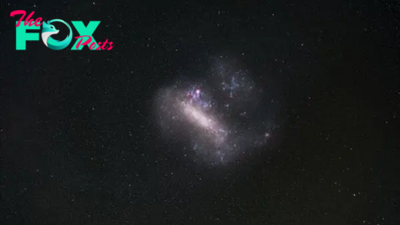
 Science2d ago
Science2d agoScientists find one of the oldest stars in the universe in a galaxy right next to ours
-

 Science2d ago
Science2d agoEerie, orange skies loom over Athens as dust storm engulfs southern Greece
-

 Science2d ago
Science2d agoHidden 'biosphere' of extreme microbes discovered 13 feet below Atacama Desert is deepest found there to date
-

 Science2d ago
Science2d agoYellowstone Lake's weird resistance to climate change could be about to crack
-
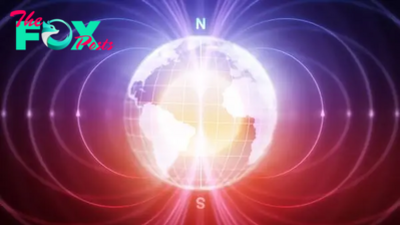
 Science2d ago
Science2d agoEarth's magnetic field formed before the planet's core, study suggests
-
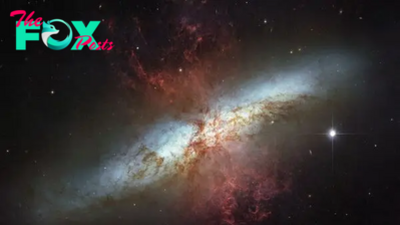
 Science2d ago
Science2d agoEnormous explosion in 'Cigar Galaxy' reveals rare type of star never seen beyond the Milky Way
-
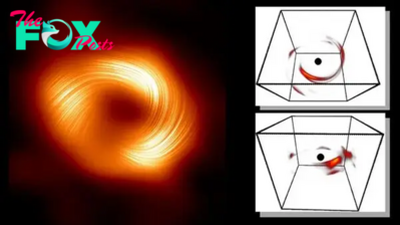
 Science3d ago
Science3d agoExplosive black hole flare from the center of our galaxy reconstructed from 'a single flickering pixel' using AI and Einstein's equations
